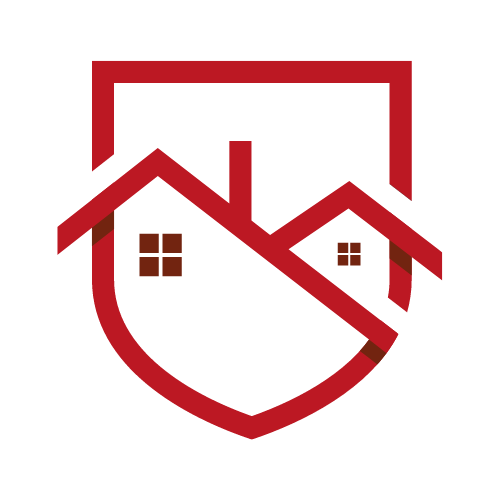Securing the Remote Workforce: Protecting Your Office Network from External Threats

Summary: With the rise of remote work, office networks face new challenges in securing access and protecting sensitive data from external threats. This article offers practical advice on securing your office network and remote workforce, including the use of VPNs, multi-factor authentication, device management, and employee training. By implementing these best practices, you can maintain a secure and productive remote work environment while minimizing potential risks.
Introduction
The rise of remote work has brought significant changes to the way businesses operate, offering increased flexibility and cost savings. However, it also introduces new challenges in securing office networks and protecting sensitive data from external threats. In this article, we will offer practical advice on securing your office network and remote workforce, including the use of VPNs, multi-factor authentication, device management, and employee training. By implementing these best practices, you can maintain a secure and productive remote work environment while minimizing potential risks.
Virtual Private Networks (VPNs)
One of the primary tools for securing remote workers is the use of Virtual Private Networks (VPNs). VPNs create an encrypted connection between a remote worker's device and the office network, ensuring that all data transmitted between them remains confidential and secure. By implementing a VPN solution, businesses can protect sensitive information from interception and prevent unauthorized access to their network resources.
Multi-Factor Authentication (MFA)
Another critical security measure for remote workforces is the implementation of Multi-Factor Authentication (MFA). MFA requires users to provide two or more forms of identification to access network resources, typically involving a combination of something they know (e.g., a password), something they have (e.g., a security token), and something they are (e.g., biometrics). By implementing MFA, businesses can significantly reduce the risk of unauthorized access to their office networks and sensitive data.
Device Management and Security
Securing the devices used by remote workers is another crucial aspect of protecting your office network from external threats. This involves ensuring that all devices are up-to-date with the latest security patches, have antivirus software installed, and are encrypted to protect sensitive data. Implementing a robust device management solution can help businesses monitor and manage remote devices, enforcing security policies, and performing remote wipes if necessary.
Securing Cloud-Based Services and Applications
Many remote workers rely on cloud-based services and applications to access company data and resources. Ensuring that these services are secured is essential to protect sensitive information from unauthorized access. Businesses should implement access control measures, such as role-based access control (RBAC), to restrict access to sensitive data and resources. Additionally, securing cloud-based services with encryption and monitoring for unusual activities can help mitigate the risk of data breaches.
Employee Training and Security Awareness
One of the most effective ways to protect your office network from external threats is to educate your remote workforce on security best practices. Regular training and awareness programs can help employees understand the risks associated with remote work, such as phishing attacks, weak passwords, and unsecured Wi-Fi connections. By fostering a culture of security awareness, businesses can empower their employees to take an active role in maintaining a secure remote work environment.
Regular Security Assessments
As the remote work landscape evolves, it is essential to regularly assess the security of your office network and remote workforce. Regular security assessments can help identify potential vulnerabilities and weaknesses in your security measures, enabling you to take proactive steps to address them. In addition, these assessments can ensure that your remote workforce remains compliant with security policies and procedures, reducing the risk of security breaches and data loss.
Conclusion
Securing the remote workforce is crucial to protect your office network from external threats and maintain a secure, productive work environment. By implementing robust security measures such as VPNs, MFA, device management, cloud security, and employee training, businesses can effectively mitigate the risks associated with remote work. Regular security assessments can help ensure that your security measures remain effective and up-to-date, allowing your business to adapt to the evolving remote work landscape and maintain a strong security posture.





